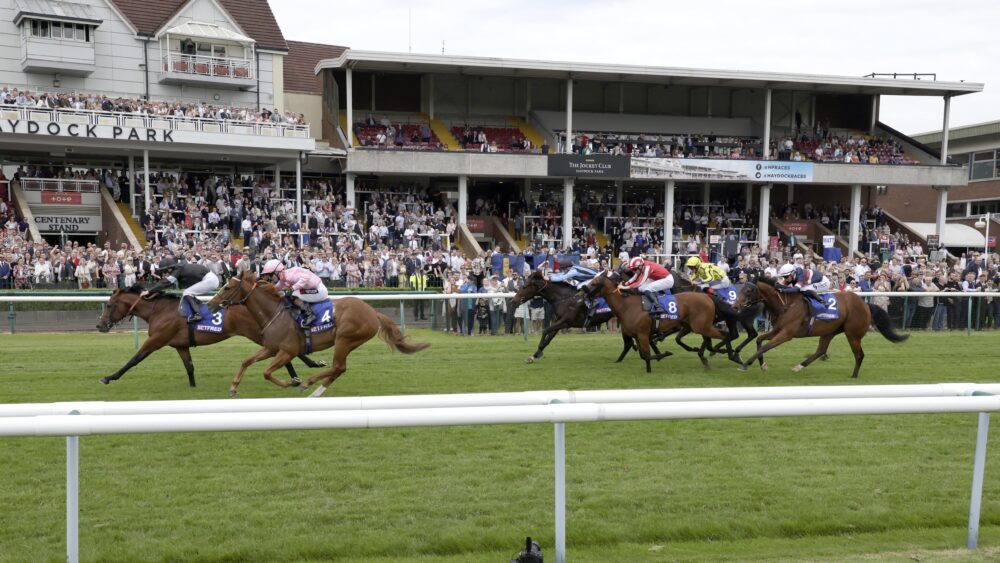Horse Racing
Racing Report: May 2024 | British Horseracing Authority

By Richard Wayman, BHA Director of Racing and Betting
As the first element of an industry strategy that aims to promote and support the sport’s future, premierisation is a key part of the fixture list initiatives introduced on a two-year trial basis in 2024 and 2025. In a sentence, it involves making more of our biggest meetings, best horses and leading participants to encourage people to take a greater interest in racing.
The concept, which is primarily targeted at new fans and also those who already engage with our sport on an occasional basis, comprises four main elements. Firstly, creating a tier of Premier Racedays, to help the less experienced customer identify our major meetings. Secondly, investing in those Premier Racedays with the aim of making the racing as exciting as possible and, in the longer term, encouraging more higher rated horses to be raced in Britain. Thirdly, creating some space around the Premier Racedays, particularly on Saturday afternoons, with the aim of reducing the number of races at different meetings clashing with each other. Finally, finding ways to elevate Premier Racedays for racegoers, bettors and others watching at home.
The latest racing data runs to 3 June. This means that the Derby meeting is included for both 2023 and 2024, thereby allowing more accurate comparisons, especially in relation to prize money.
It is still early days but we’re beginning to get a few glimpses of how things are panning out. Firstly, Premier Racedays are offering more prize money than the same meetings in previous years. More specifically, the total already paid out so far this year has risen by £4.7m compared with 2023.
The intention was that this extra money would support the competitiveness of the racing taking place at Premier Racedays. There are different ways of measuring that, including average field sizes, the percentage of races attracting at least eight runners and the percentage of races with favourites starting at odds against. We’re still at a relatively early stage of the Flat season so the number of Premier Racedays staged is pretty small but the early indications are that we are tracking broadly in line with last year, and a fair bit better than in both 2021 and 2022. On all three measures, Jumping is below where it was last year, albeit that was probably inevitable given the exceptional ground conditions experienced this year; between January and April, 71% of all Jump races were run on soft or heavy ground. This compares with 39% in 2023, 36% in 2022 and 43% in 2021. As conditions have improved, field sizes have improved over Jumps during May but, with no Jump Premier Racedays during the month, that obviously hasn’t helped.
It is too early to report in any great detail about the policy of spacing racing out across the day on Saturdays, not least because that was always most likely to impact meetings in the summer months. As well as taking a view about whether this has helped support the presentation of Premier Racedays, we’ll look at what this means for betting numbers (so far, we’re seeing some positivity around Saturday afternoons, but the evenings are performing less well) and also attendances (a mixed bag so far from the small number of fixtures that have changed times).
Finally, elevating Premier Racedays for customers has taken longer than everybody involved wanted but there has been further progress with the rollout of the Premier ID in the media, across betting companies and on racecourses. Other initiatives are close to launch including a GBR-led initiative to make more of our human stars – jockeys – as part of driving interest in the sport.
In concluding, it is important to remember that the backdrop to premierisation is one of declining customer numbers. The amounts bet on racing have been falling, as have the number of racegoers. In truth, it still feels too early to be drawing any firm conclusions about the impact of the changes introduced this year. As well as there being other factors impacting results – to name a few, affordability checks, cost of living crisis, weather/ground conditions – we simply haven’t got enough evidence at this stage to reach strong views.
It was inevitable that some of the fixture list changes we made as part of the two-year trial would turn out to be more successful than others. We aren’t afraid to try different initiatives and we’re committed to report on them as we go. What is for certain is that at the end of the trial, we’ll have evidence to help determine how we proceed from there and what the next steps should be as we seek to make our sport and its fixture list as appealing as possible.


)






